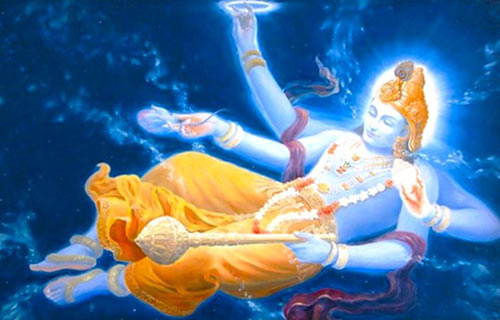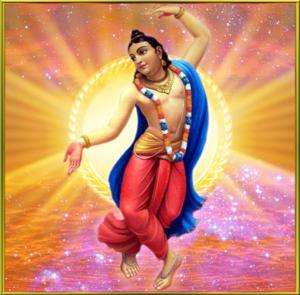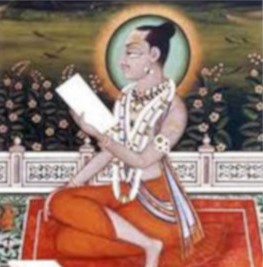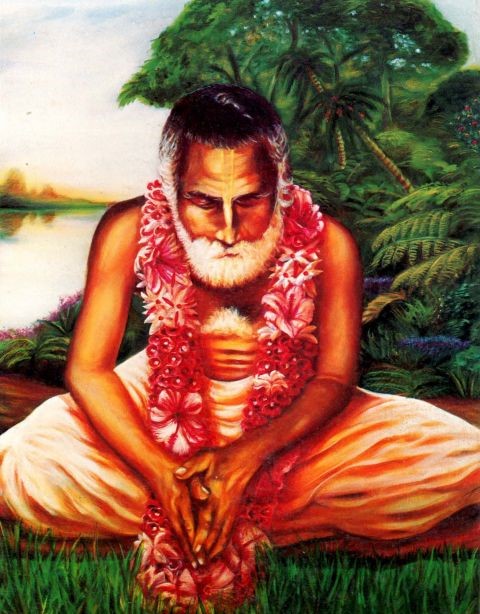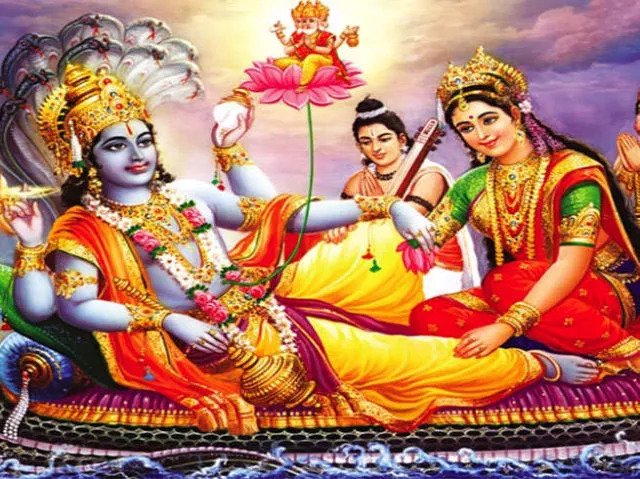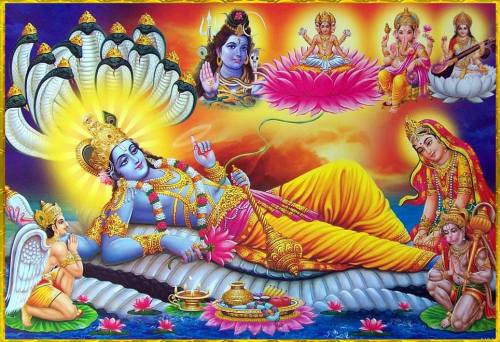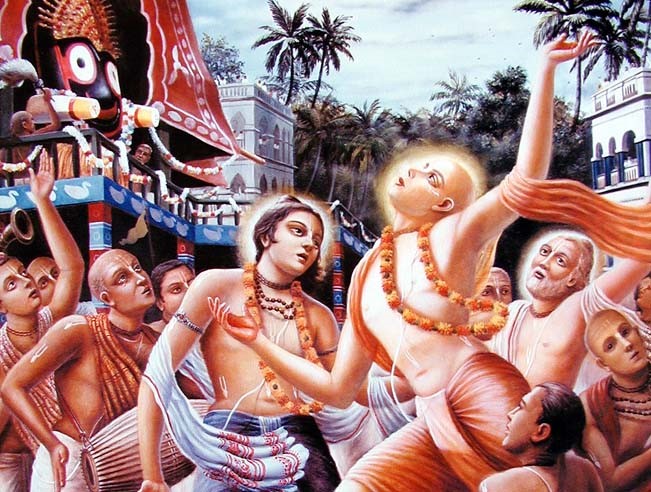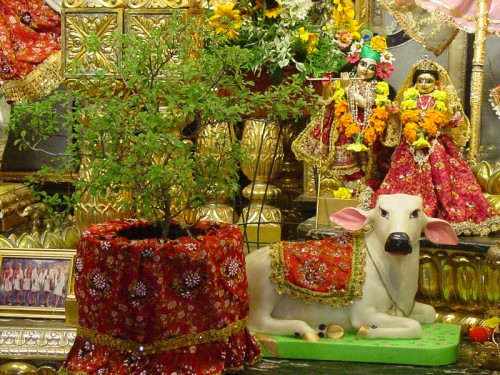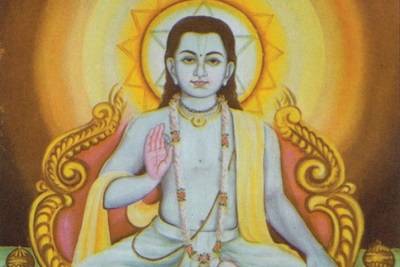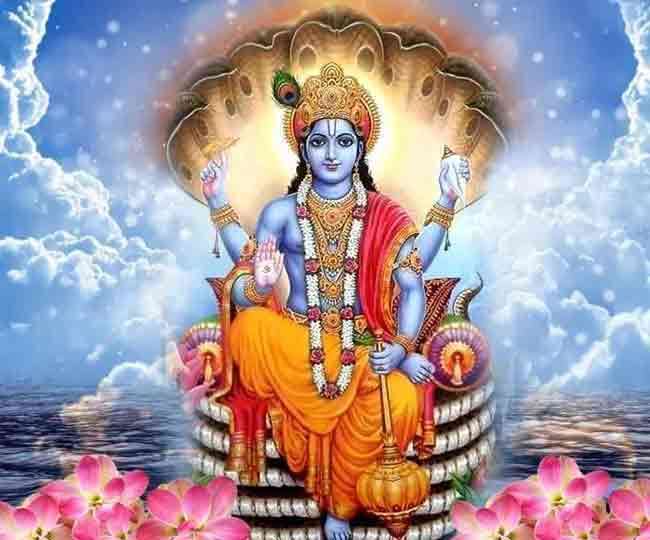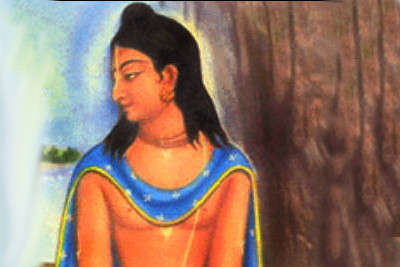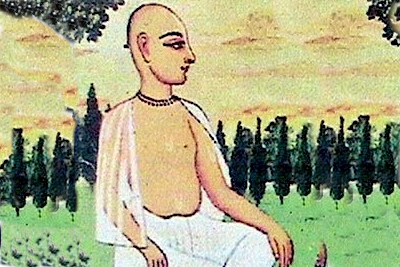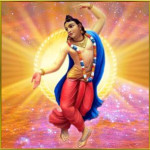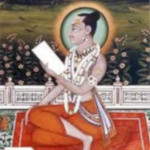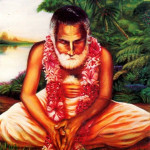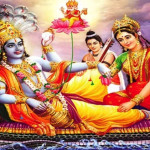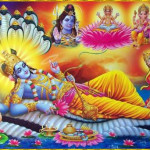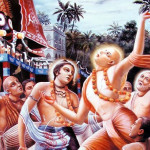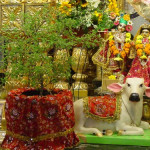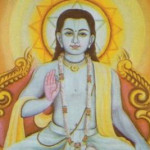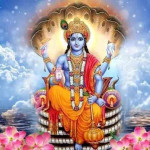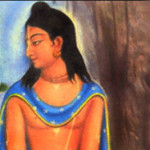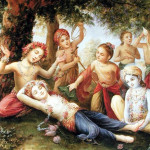Saphala Ekadasi
Date: 16th December 2025
Day: Tuesday
Ekadashi Tithi Begins – 06:49 PM on Dec 14, 2025
Ekadashi Tithi Ends – 09:19 PM on Dec 15, 2025
(As Ekadashi Tithi might begin at any time of the day and mostly split over two days, on the basis of these timings one day is preferred over the other to observe fasting. Tithi begin time is not needed to observe fasting. Ekadashi fasting always begins with Sunrise and mostly ends after next day Sunrise)
Please observe Ekadasi fast to grow in spiritual life. Chant 25 rounds (25×108 number) of Hare Krishna Mahamantra.
हरे कृष्ण हरे कृष्ण कृष्ण कृष्ण हरे हरे।
हरे राम हरे राम राम राम हरे हरे।।
Hare Krishna Hare Krishna, Krishna Krishna Hare Hare
Hare Rama Hare Rama, Rama Rama Hare Hare
Fast Breaking Time (Paran Time) – Next day on December 17, 2025 – Between 07:07am to 10:33am for Delhi/ NCR – India, for other regions please check nearest ISKCON Temple/Centre.
(Parana means breaking the fast. Ekadashi Parana is done after sunrise on next day of Ekadashi fast. It is necessary to do Parana within Dwadashi Tithi unless Dwadashi is over before sunrise. Not doing Parana within Dwadashi is similar to an offence. Parana should not be done during Hari Vasara. One should wait for Hari Vasara to get over before breaking the fast. Hari Vasara is first one fourth duration of Dwadashi Tithi.)
In religious texts five types of Ekadashi fasting has been mentioned:
1) Nirjal (निर्जल): Fasting without water and food.
2) Jalahar (जलाहर): Fasting with only water.
3) Ksheerbhoji (क्षीरभोजी): Fasting by consuming milk or only products made of milk.
4) Phalahari (फलाहारी): Fasting on fruits only. One should consume only high class of fruits like mango, grapes, banana, almond, and pistachios etc. and should not eat leafy vegetables.
5) Naktabhoji (नक्तभोजी): Fasting by having single meal in a day just before sunset. Meal can include Sabudana, Singhada (Water Chestnut), Shakarkandi, Potatoes and Groundnuts. Grains and Pulses are prohibited. For many Kuttu Atta (BuckWheat Flour) and Samak (Millet Rice) are also staple diets during single Ekadashi meal. However validity of both items as Ekadashi food is debatable as those are considered semi-grains or pseudo grains. It is better to avoid these items during fasting.
Food has to be cooked in Ground nut oil or ghee, not soyabean oil. Sendha namak (Rock Salt) should be used, none of the masalas (Spices) to be used, unless they are grounded at home.
Description – „Saphala Ekadasi takes place during the waning moon of the Pausa month – December/January. The glories of this Ekadasi are insurmountably great. Actually there is no way to extol the divine results of observing Ekadasi; but still they are given in the Brahmananda Purana. Sri Krsna said to Arjuna: “Oh best of the Bharata lineage, just as Lord Sesa is best among snakes, Garuda is best among birds, the horse yajna is best among sacrifices, the Ganges is best among the rivers, Sri Visnu is best among the demigods and the brahmanas are best among human beings; so, among all vows of austerity the day of Ekadasi is best.
There was once a famous king named Bahuldan who lived in the city of Hirosena. He had four sons and a very beautiful wife. Among the Kings sons, the eldest and most valiant was named Nalaka. This Prince Nalaka was extremely sinful. He would often blaspheme the Vaishnavas, the brahmanas, the demigods and he was attached to gambling. He would also regularly visit the houses of prostitutes. Consequently his father King Bahuldan exiled him to a far away land.
Being exiled far from the kingdom Nalaka lived in a vast jungle. He would eat wild berries and truffles, roots and shoots, raw meats and mushrooms to survive. At night he would sometimes return to his fathers kingdom and steal from the citizens houses. Despite his stealing the citizens were unable to stop him due to his being the son of the King.
In the forest where Nalaka lived there was a ginormous banyan tree. This tree was as worshipable as the demigods themselves. It’s branches reached down into the ground and reappeared here, there and everywhere; forming an unimaginably mighty forest. For quite some time Nalaka lived beneath this timorous tree.
By accidence the day of Saphala Ekadasi fell while Nalaka was staying beneath this Banyan tree and he didn’t even realise. However due to exhaustion and fatigue from not eating properly Nalaka remained unconscious for many hours. He rose after noon on Ekadasi and because he was so weak did not kill any animals that day. He found some fruits and in a helpless pitiable condition decided to offer them to Sri Visnu – The Supreme Personality of Godhead. By the time the sun set on that day, all he had managed to do was to offer one palmful of berries, one branch of amalaki and one single qualscion fruit. Through the night he remained awake due to fear of wolves and his weak condition where he would be unable to defend himself.
By remaining awake fasting Prince Nalaka unwittingly observed Saphala Ekadasi. Lord Madhusudana accepted his austerities even though he didn’t realise it was Ekadasi. As a result of this unknown fast Nalaka’s father Bahuldan took pity on his wretched son and had him collected from the forest, washed and bathed and reinstated in his rightful position as prince of the Hirosena province. Soon his father bequeathed the land unto Nalaka and he ruled as a just King. He acquired a beautiful wife and had many sons.
By observing Saphala Ekadasi one will certainly receive insurmountable benefits. Fame and liberation stand with folded palms before a person who fasts on this day. Those who choose to fast on this Ekadasi are indubitably great souls and will receive the result of performing an Asvamedha sacrifice.“

